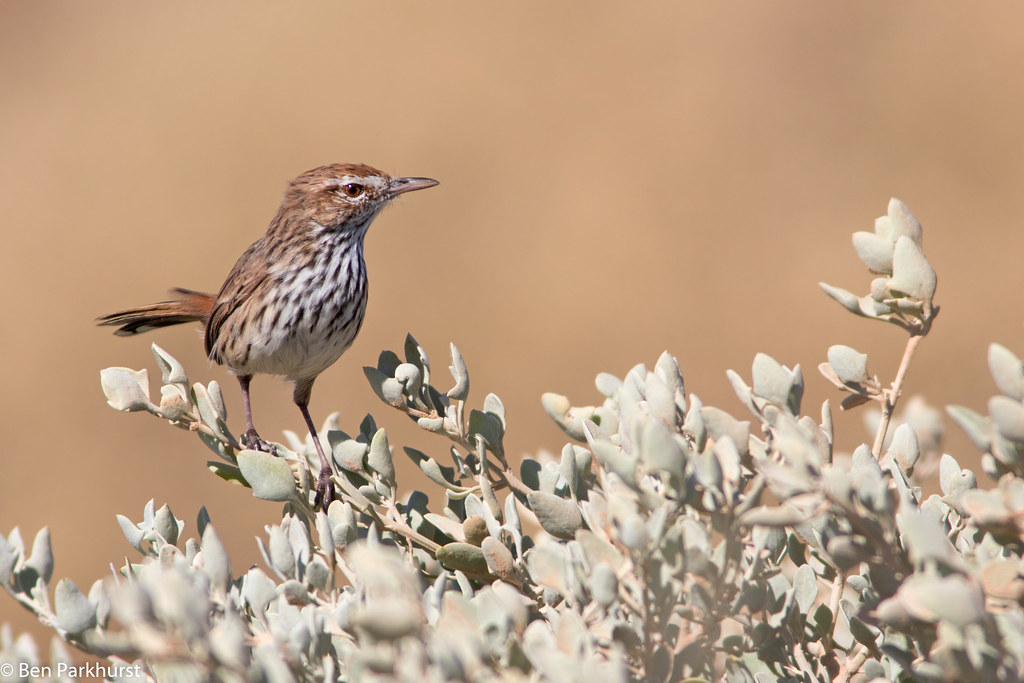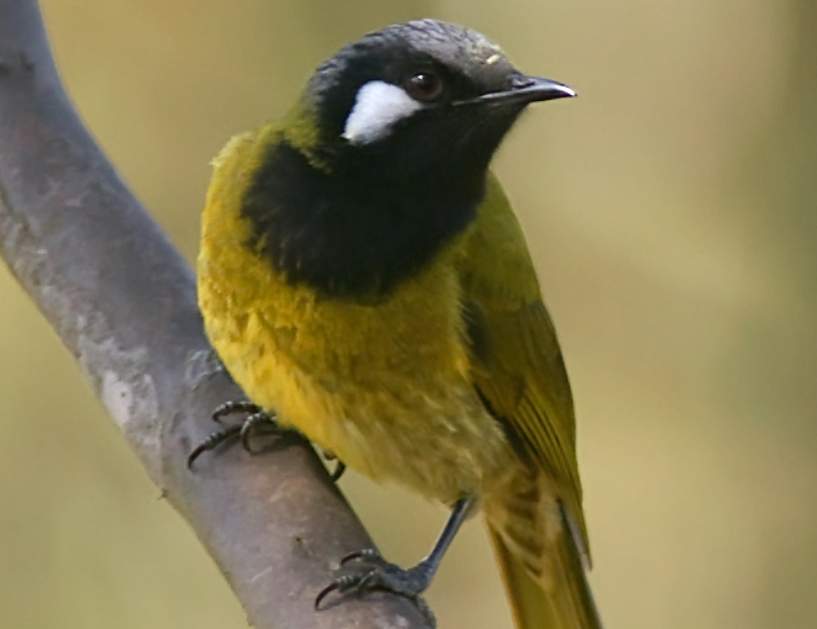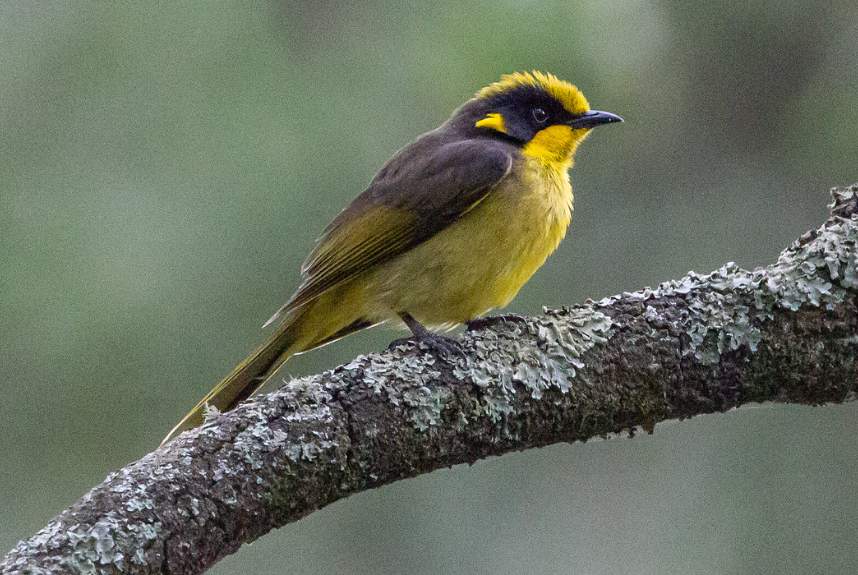Family: Rufous Calamanthus (Calamanthus campestris) is an insectivorous bird in the family Acanthizidae, in the genus Calamanthus.
Habitat: Rufous Calamanthus natural habitat is dry, low, near-treeless shrub fields, from sandplain heath to samphire around salt lakes and saltbush-bluebush steppe inland. Despite its wide range, it is patchy and local. However, these are sedentary birds. Rufous Calamanthus live in pairs or small family parties after breeding and foraging apart from one another in rapid, cock-tailed hop-searches over the ground around shrubbery.
Rufous Calamanthus often socialized with interspecies flocks of likewise-sized inland thornbills, slender-billed thornbills, and shy heathwrens. Not likely to be jumbled with similar species if clearly spotted, however, the rufous Calamanthus does share comparable traits with the striated fieldwren. Their habitats differ greatly: rufous Calamanthus prefer low shrubs or heaths, whereas striated fieldwrens prefer tall weeds or swamps, though they can overlap across coastal heathlands.
Breeding: During breeding, less at other times, males hop to the top branch of a bush, tail cocked, to sing sporadically through the day, advertising territory. It is generally unknown how long it takes for eggs to incubate; females sit close together and are probably the only incubators.
Identification: Both sexes are similar. The upper parts range from olive-grey to rufous-brown, heavily streaked dusky. The tail has a black subterminal band with a white tip. The crown and forehead are pale rufous to rufous-brown with dark streaks. The eyebrow is dull white. The underparts vary from pale buff to dull white, streaked dusky over the throat and breast. The eyes are pale yellow-brown. It is slender and curved, and the bill is grey-brown under the base flesh. The feet are pale brown. The immature bird (as an adult) has eyebrows and understreaking that are less distinct.
Vocalizations: Though Rufous Calamanthus is a silent bird, both sexes sing cheerful, melodious trilled and chirruping warble-type songs, whirr-whirr-chik-chik-whirr-reee, the last syllable rising, repeated in bursts. Singing is observed during the breeding season. The song is usually heard after 30 minutes of sunset. Also, chrr-r-r-r and han-han notes were observed as alarm calls.
Nesting: Rufous Calamanthus nesting breeds occur in July–November; they do not breed during severe droughts. Nest a globe with a small side entrance of grasses, lined with feathers and other soft materials, hidden on or near the ground in samphire clumps or at the base of a thick shrub. Birds can swiftly abandon their nests and young or demolish their nests, even when human observers disturb them. The pallid cuckoos, black-eared cuckoos, Horsfield’s, and shiny bronze-cuckoos may be susceptible to brood parasitism in the nests.
Eggs: The bird lays three eggs, occasionally four; pale chocolate to purple-brown, indistinctly freckled with darker shadings, a distinct cap at the larger end; oblong-oval, about 21 x 15 mm. For a maximum of 17 days, both parents tend to and feed fledglings.
Alternative Names: It is also known as Rufous Fieldwren, Rock Fieldwren, Rusty Fieldwren, Desert Wren, and Sandplain Wren.
Measurement: Rufous Calamanthus size measures about 120–130 mm in length along with a 15.5–19.5 cm wingspan and an 11–16 grams weight.
Diet: They mostly consume beetles, wasps, and tiny grasshoppers, although they may occasionally consume tiny spiders, snails, and seeds. If disturbed, they run at speed and will seek refuge in a burrow.
Flight: Flight, taken only if the birds are pushed, is a low, fluttering dash.
Distribution: It is found in the central west coast and islands of Western Australia, east over the southern mainland to the Big and Little Deserts, Victoria.
Status: The population is stable. Least concern on the IUCN list.
Subspecies: There are about eight subspecies.
-
c. rubiginosus
-
c. hartogi
-
c. isabellinus
-
c. montanellus
-
c. dorrie
-
c. campestris
-
c. wayensis
-
c. winiam.

Rufous Calamanthus (Calamanthus campestris) is an insectivorous bird in the family Acanthizidae, in the genus Calamanthus. Photo Credit: Ben Parkhurst Read More: Jacobin Cuckoo – Monsoon Bird Waits for Rains to Quench its Thirst






